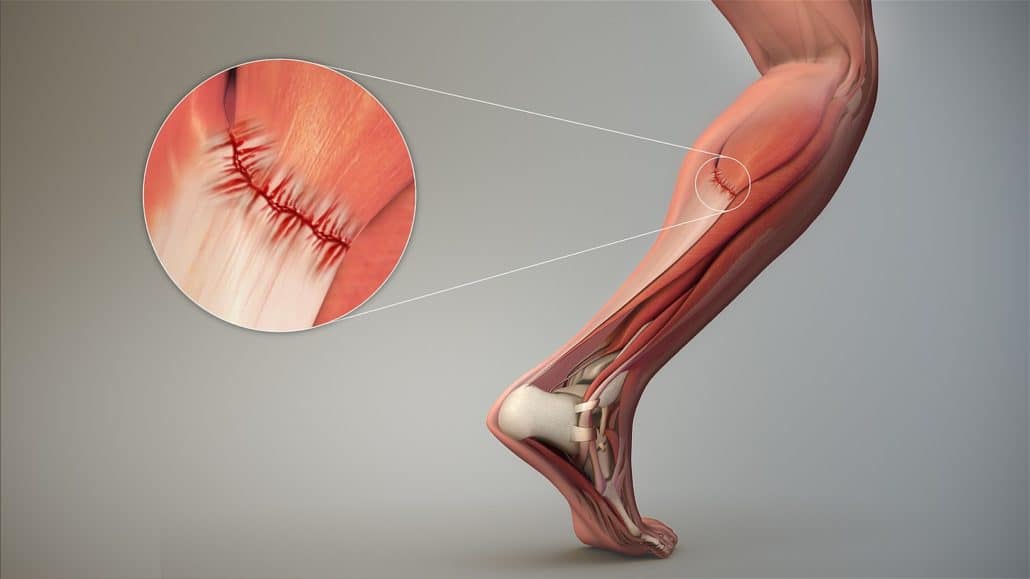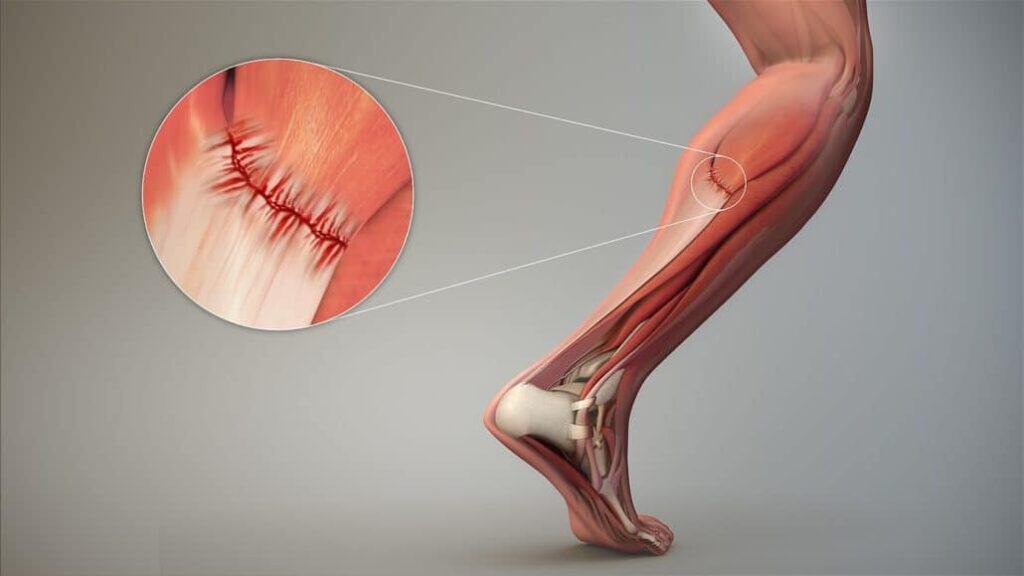Calf Strain: Rehab Pilates

The calf muscle is one of the most important and big muscles of our body. It forms the bulk of the lower limbs and aids in everything we do on our feet. Insufficiency in the calf muscle can cause a problem in our gait and sometimes lead to a calf strain or tear. In this blog, we discuss the anatomy of the calf muscle and a case study of a 20-year-old boy who tore his calf muscle while climbing down a flight of stairs.
The calf muscles
Our calf muscles are actually made up of 2 main muscles called the gastrocnemius and the soleus. The bulkier of the two, gastrocnemius is closer to the skin’s surface and its outline is the one you see. Soleus is a wider and deeper muscle.
Gastrocnemius is a biarticular muscle which attaches to the knee and the ankle joints. Soleus, on the other hand, starts below the knee and only attaches to the ankle joint. Both the muscles come together just above the heel and attach to the Achilles tendon of the ankle. They help us walk, run, jump, and do every possible activity with our legs. Additionally, they help us stand upright and support our upper body or torso on the legs.
What is a calf strain
A calf strain is an injury caused due to tears in the muscle fibers. If you have a calf strain, you will feel a sharp shooting pain in the back of your leg. There might be difficulty in walking and while shifting from sitting to standing. This may be accompanied by spasms in the calf and blood clots.
One study estimated that calf strains make up about 1.3% of all lower limb injuries in runners. Another study of soccer players identified gastrocnemius strains as making up 12% of all muscle injuries. Gastrocnemius strains (near the middle of the calf) are more common than soleus strains (the lower calf, closer to the heel).

A calf strain usually occurs as there is weakness in the muscles. When the ability of the calf muscle to contract and relax decreases, it causes narrower ranges of motion in the ankle and knee joint. Muscle tightness can occur if there is not enough physical activity or if proper rehabilitation wasn’t received for previous injuries. Calf muscle tightness negatively impacts the gait as it limits the dorsiflexion and prevents the heel to push off the ground properly while walking. It leads to a person walking more on the balls of their feet. This increases the risk of falls, decreased speed of walking and running.
Case study
A few months back, Arjun(name changed) was climbing down the stairs when he missed a step and landed 3 steps lower. This sudden movement caused an injury. He heard a popping sound in his calf. When he tried to move, he couldn’t place his heel down. There was excruciating pain in the back of his legs along with bruises.
The ultrasound showed that he had a calf strain. He was advised rest for 3 weeks, followed by which he came to Persis Elavia at Moushu’s Pilates for physio and rehab.
Since the calf had become weak and tight, we began by gently trying to lengthen the calf muscles. This was important to get mobility back in the ankle joint to perform load bearing activities on the legs. This was followed by proprioceptive and balance training on different surfaces, which is key to knowing your position in space. Once he got back sensation in his ankle joint, we began agility training. Getting the muscles to fire in sync and efficiently to perform functional activities with ease was the aim.
Arjun has recovered and back on his feet, literally.
Conclusion
Insufficiency in the calf muscle makes it difficult to have a proper gait pattern. The push-off phase of the gait becomes weak, and this puts pressure on the knee. On the other extreme, overactivity of the calf muscle is also not beneficial as it leads to the calf muscle pulling the knee back. This adds extra strain to the patellofemoral joint. We need a balance between the concentric and eccentric contraction of the calf muscle for optimal movements and to prevent injury.
Get a balanced musculature and a strong and supple physique with Pilates. Join our classes.
Watch this video below to check out some Pilates exercises that you can do for the calf on the equipment:
